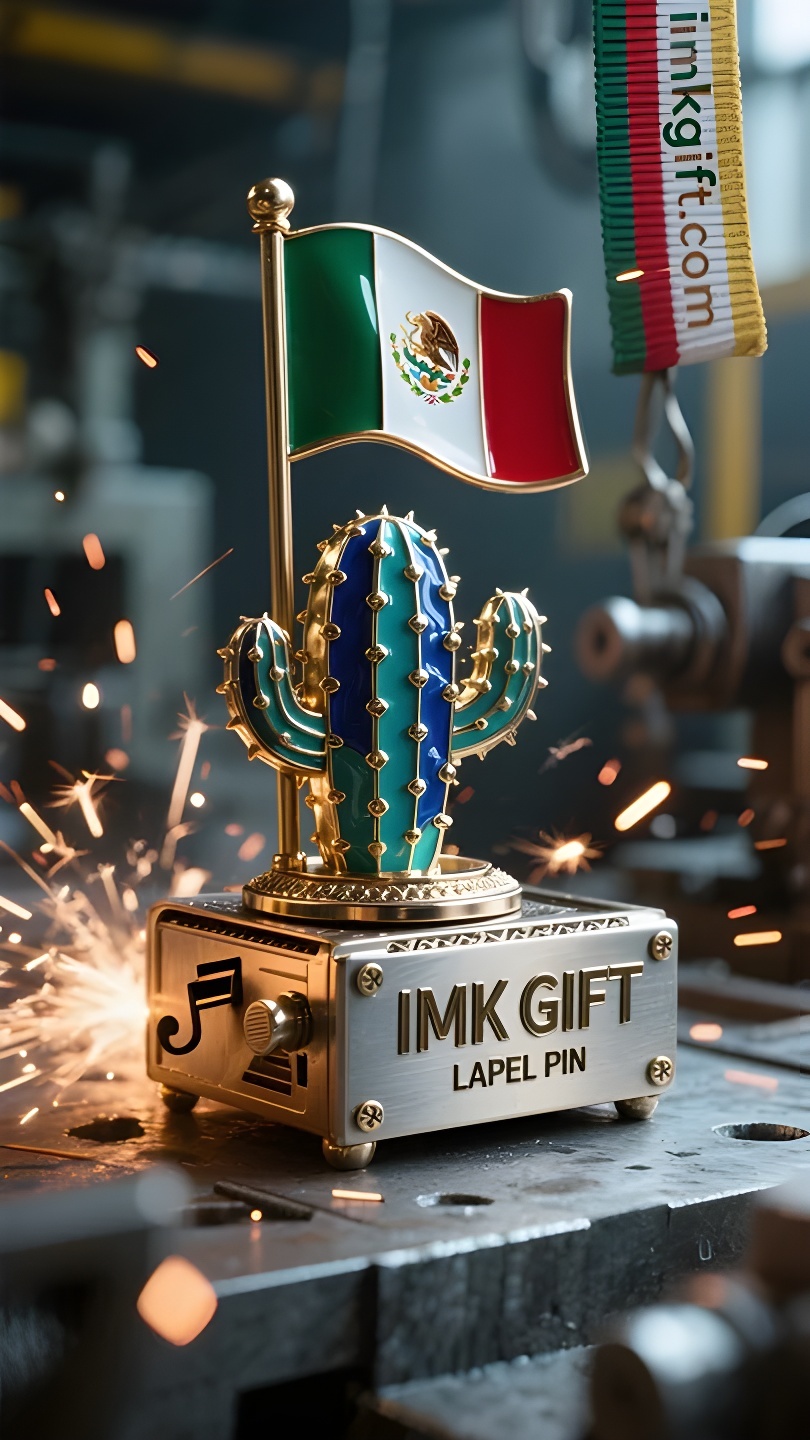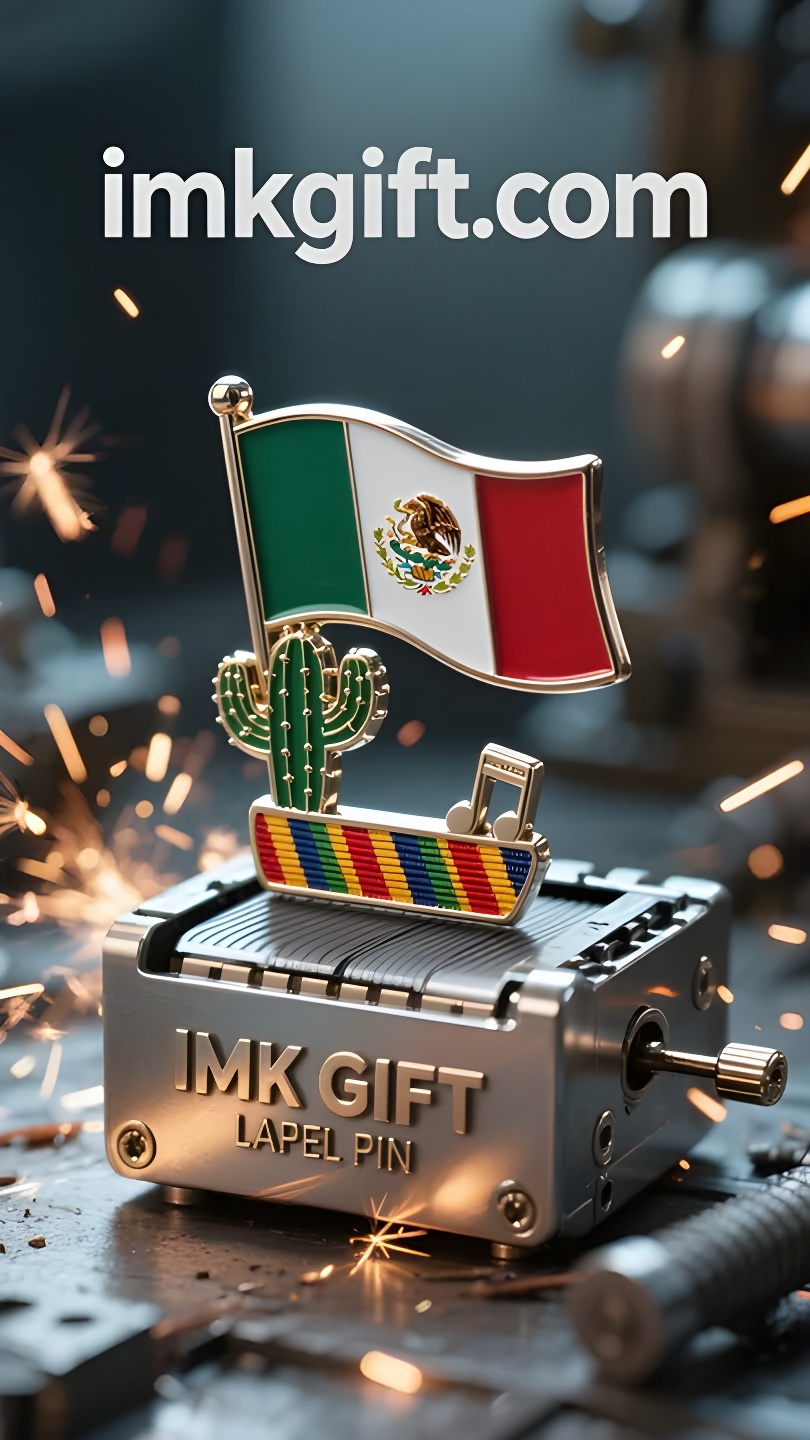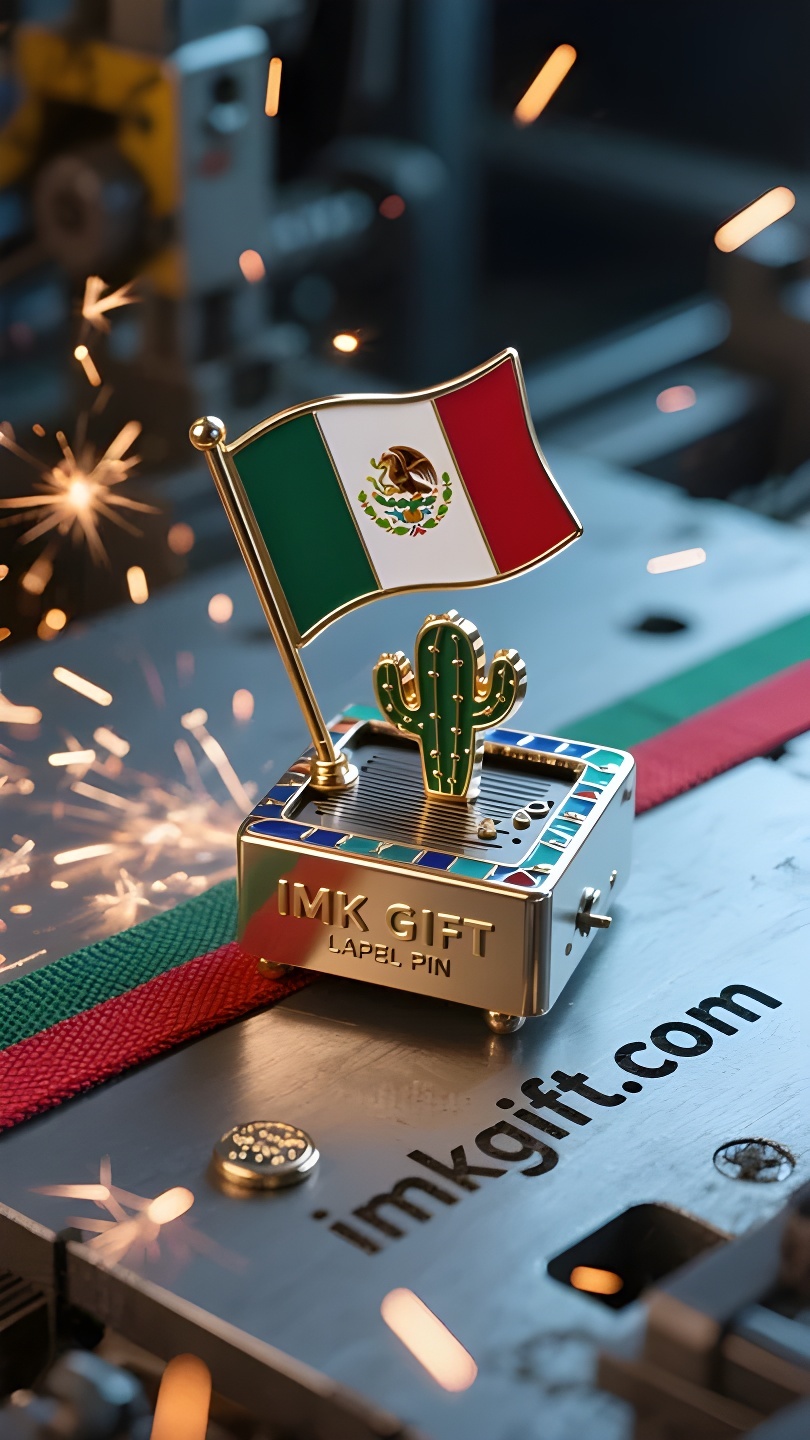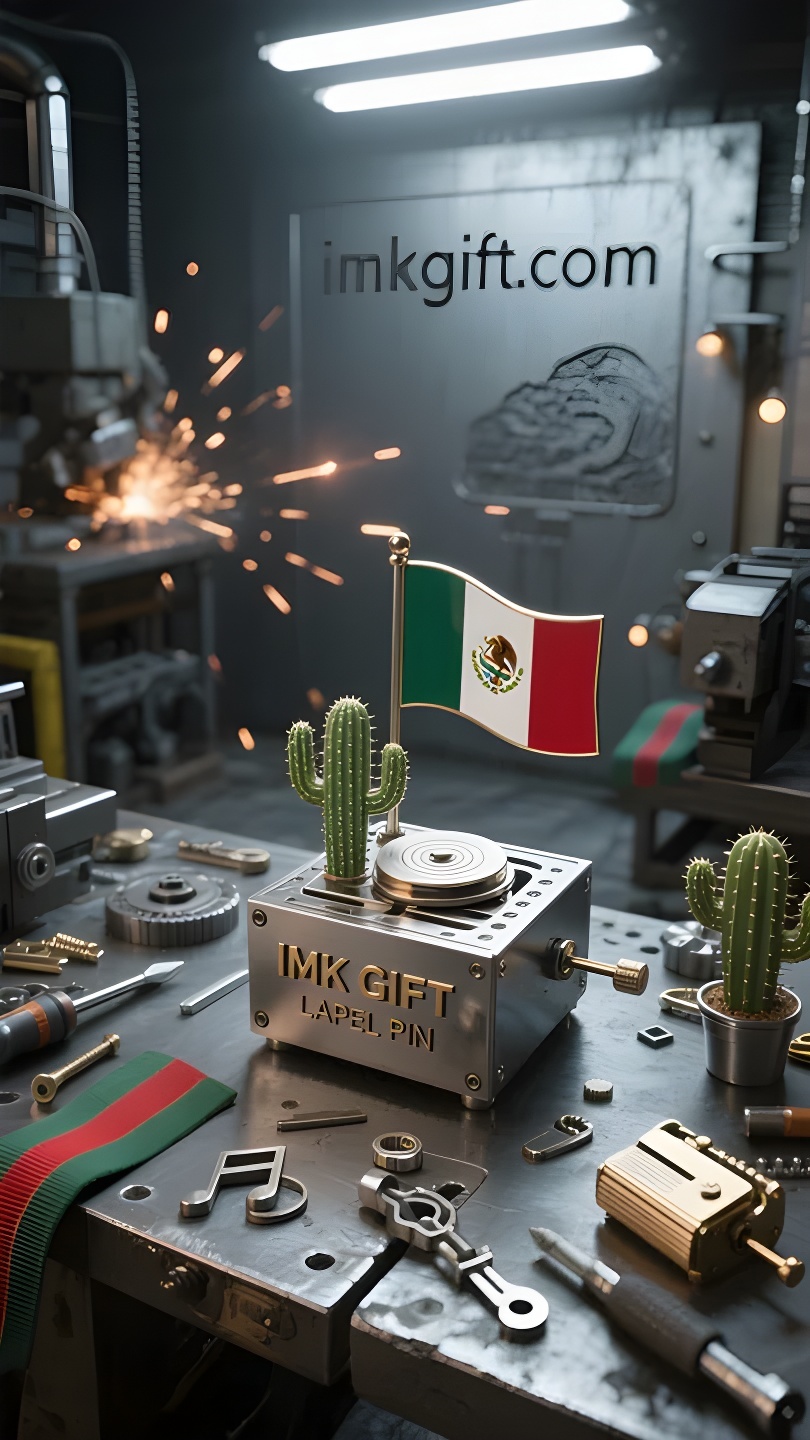in990-Los-ecos-del-tiempo-en-el-cactus-el-corazón-eterno-de-México
▼
En el centro de la bandera mexicana, el tótem de un águila sosteniendo una serpiente sobre un cactus ha sobrevivido quinientos años. Esta planta, con raíces en roca volcánica, no solo es un símbolo de la nación, sino también una metáfora de una eterna filosofía de supervivencia: incluso en la tierra más pobre, el poderoso sonido de la vida puede florecer. Durante las celebraciones del Día de la Independencia en septiembre, artesanos de la Ciudad de México elaboraban cuidadosamente cajas de música con forma de cactus. Cuando el resorte de latón gira, el engranaje de madera impulsa las hojas del cactus a girar suavemente, y la melodía del Himno Nacional Mexicano fluye de los capullos. Esta creación, que combina símbolos patrios con arte mecánico, esconde un profundo significado: cada mexicano tiene una caja de música latiendo en su pecho. Cuando llegue la tormenta del destino, basta con dar cuerda suavemente al resorte de la fe para que la esperanza resurja. Así como el cactus acumula cada gota de rocío matutino en el desierto, la historia de México enseña a convertir el sufrimiento en fuerza. El cilindro giratorio de la caja de música lleva grabados al joven héroe de la Batalla de Chapultepec de 1847 y el grito de los revolucionarios de 1910. Estas marcas se transforman en notas al tocar la aguja de acero, recordando a las generaciones futuras que la verdadera libertad nunca es un regalo del cielo, sino una marcha hecha de cicatrices. Cuando la luz de la luna roza las pirámides de Teotihuacán, siempre hay gente desvelada girando la caja de música de cactus. Esas melodías que resuenan eternamente en el tiempo son la columna vertebral inquebrantable de una nación.
In the center of the Mexican flag, the totem of an eagle holding a snake on a cactus has survived five hundred years. This plant rooted in volcanic rock is not only a symbol of the nation, but also a metaphor for an eternal philosophy of survival: even in the poorest soil, the strong sound of life can bloom. During the September Independence Day celebrations, craftsmen in Mexico City were carefully making cactus-shaped music boxes. When the brass spring turns, the wooden gear drives the cactus leaves to spin lightly, and the melody of the Mexican National Anthem flows out from the buds. This creation that combines national symbols with mechanical art hides a profound meaning – every Mexican has a music box beating in his chest. When the storm of fate comes, just gently wind up the spring of faith to let the movement of hope play again. Just like the cactus accumulates every drop of morning dew in the desert, Mexico’s history teaches people to precipitate suffering into strength. The rotating cylinder in the music box is engraved with the young hero of the Battle of Chapultepec in 1847 and the cry of the revolutionaries in 1910. These dents turn into notes when they touch the steel needle, reminding future generations that true freedom is never a gift from heaven, but a march composed of scars. When the moonlight brushes over the Teotihuacan pyramids, there are always sleepless people turning the cactus music box. Those melodies that reverberate forever in time are the unbreakable backbone of a nation.
在墨西哥国旗中央,雄鹰衔蛇立于仙人掌的图腾已跨越五百年风雨。这株扎根于火山岩的植物,不仅是民族的象征,更隐喻着一个永恒的生存哲学:在最贫瘠的土壤里,也能绽放出生命的强音。
九月独立日庆典期间,墨西哥城的工匠们正精心制作着仙人掌形状的音乐盒。当黄铜发条转动,木制齿轮带动仙人掌叶片轻旋,《墨西哥国歌》的旋律便从花苞中流淌而出。这种将国家象征与机械艺术结合的创作,藏着深邃的寓意——每个墨西哥人的胸腔里都跳动着一座音乐盒,当命运的风暴来袭,只要轻轻上紧信念的发条,就能让希望的乐章重新奏响。
就像仙人掌在荒漠中积攒每一滴晨露,墨西哥的历史教会人们将苦难沉淀为力量。音乐盒内旋转的音筒刻着1847年查普尔特佩克战役的少年英雄,藏着1910年革命者的呐喊,这些凹痕在与钢针的触碰中化作音符,提醒后人:真正的自由从不是天赐的礼物,而是用伤痕谱写的进行曲。
当月光拂过特奥蒂瓦坎金字塔,总有未眠人转动着仙人掌音乐盒。那些在时光中永恒回旋的旋律,正是一个民族永不折断的脊梁。
▼
Contact Us
📞 Tel: +0086-760-85286839
📧 Email: sales3@imkgift.com








